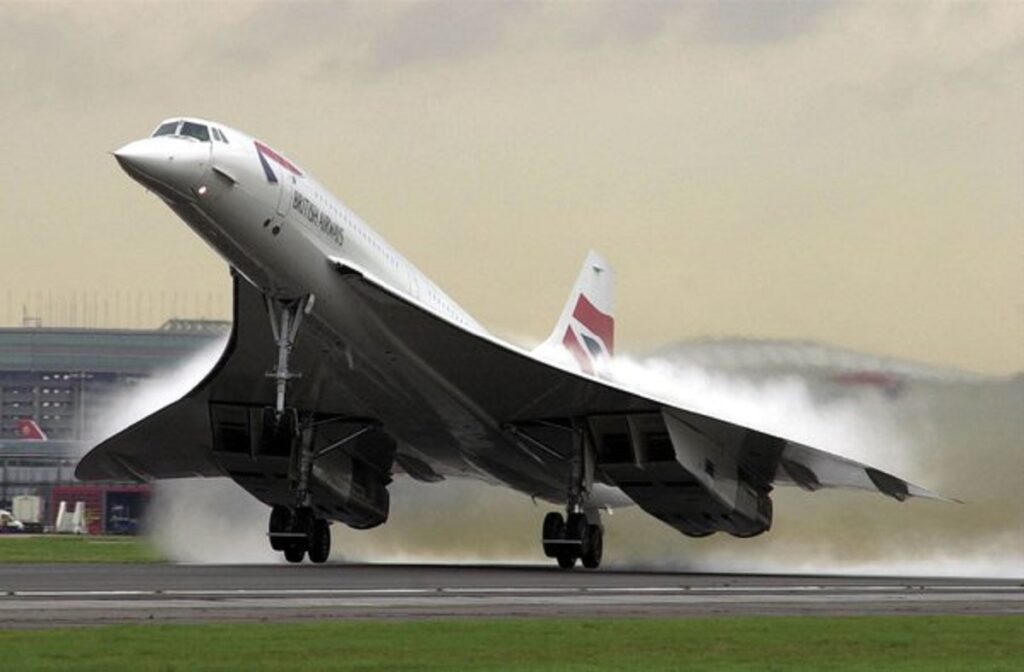Delta wing aircraft are known for their high maneuverability and supersonic capabilities, but whether they generate more lift than aircraft with standard wings depends on the specific design and use case. Delta wings can generate a significant amount of lift at high angles of attack, which is beneficial for supersonic flight. However, standard wings can also be designed to generate substantial lift, especially at lower speeds and for different flight characteristics. The lift generation of an aircraft is influenced by various factors including wing design, angle of attack, airspeed, and more. Different aircraft are designed for different purposes, and their wings are optimized accordingly.
Delta wings are characterized by their triangular shape, where the leading edge forms a straight line, and the trailing edge slopes inward to form a delta shape. This design offers certain advantages, particularly in supersonic flight and high maneuverability.
Delta wings are structurally stronger, have a higher maximum angle of attack (higher stall angle), and a greater interior volume for, say, fuel storage.
However, it’s important to note that delta wings may not necessarily generate more lift than aircraft with standard wings in all flight conditions. Standard wings can be designed with various airfoil shapes, wing geometries, and control surfaces to optimize lift generation for specific flight regimes.
Standard wings, which encompass a wide range of designs including straight wings, swept wings, and tapered wings, are commonly used in different types of aircraft. These wings can provide efficient lift characteristics across a broader range of speeds and flight conditions, such as subsonic flight or cruising at lower speeds.
The main reason you don’t see delta wings on commercial jets (except the supersonic Concorde) is that its shape gives it a large amount of induced drag (read: more money spent on gas getting the plane from A to B). The main reason you don’t see tailless delta wings on fighter jets is that this wing shape tends to bleed off lots of energy in a turn, and good turn performance is very important for fighter jets.

Supersonic Flight
Delta wings are well-suited for supersonic flight due to their high sweep angle and low drag characteristics. The large sweep angle helps to delay the onset of shockwaves and reduce wave drag, allowing the aircraft to maintain higher speeds more efficiently. This design is commonly seen in supersonic fighter jets.
High Maneuverability
The delta wing design provides excellent maneuverability, especially at high angles of attack. The large surface area of the wing allows for effective control and stability during aggressive maneuvers, such as tight turns or quick roll rates. This makes delta-winged aircraft well-suited for dogfighting or performing acrobatic maneuvers.
High Lift at High Angles of Attack
Delta wings can generate significant lift at high angles of attack, which is beneficial during takeoff and landing. The triangular shape allows for a large wing area compared to the overall size of the aircraft. At high angles of attack, the airflow over the wing remains attached, resulting in increased lift. This characteristic is advantageous for short takeoff and landing (STOL) operations.






